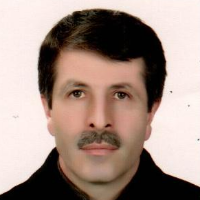The Rhetoric of Nomination in Suvashun based on Van Leeuwen's model of social actors(Nomination and Categorisation)
Within the framework of critical discourse analysis, Theo Van Leeu wen's social network representation model shows the hidden layers of meaning by examining the contrasting functions in linguistic choices. This paper focuses on a descriptive analytical study of the discourse structure in Suvshun based on nomination and social actors categorisation in Van Leeuwen's model. The purpose of this study is to show the importance of linguistic usage in discourse analysis of the text and the level of influence of discourse elements such as power, ideology and politics on the author in the representation of social actors. Comprehending a story depends as much on "socio-semantic" features as on the appearance of the language. In Suvshun, Daneshvar expresses the political, social and cultural issues of her time in symbolic language. She also portrays individual and social changes, especially in women, by making full use of symbolic names. The results of the study suggests that nomination and categorisation and their subsets, especially informalization, are used more frequently. Moreover, the implication of names and social classes is consistent with the author's viewpoint and perspective and influenced by power, ideology and politic. While the author uses symbolic Iranian and Islamic names to show the inseparable connection between Iranian and Islamic thoughts, she depicts the tension related to Iran cultural transition from tradition to modernity and the evolution of social and individual criteria. Furthermore, she uses discursive features to sketch a new social role for Iranian women so as to explain their role in the social transition.
-
Investigation and Analysis of the Intellectual Foundations of the Yasavi Order and Its Influence on Sufism in Asia Minor
A. Vahed *, Hadi Sadeghi, Mohammad Mahdipour,
Persian Language and Literature, -
An Analysis of the Novel “Cold Coffee of Mr. Writer” Accentuating the Function of Transposition in Guessing the Audience
*
Journal of Literary Criticism and Rhetoric,


